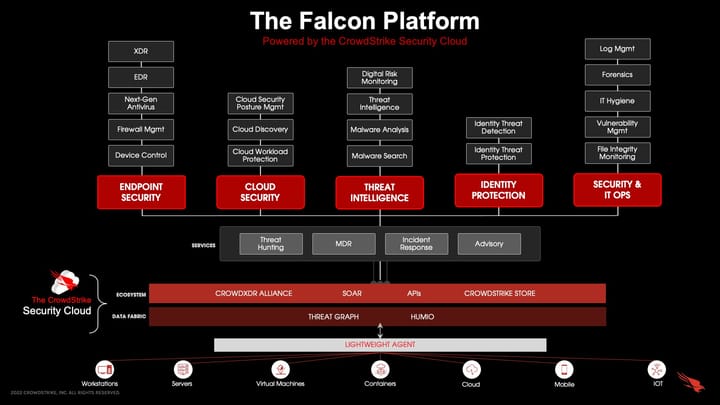Demystifying the Role of Enterprise Architects: Why Your Company Needs One

In business technology, the role of an enterprise architect stands out as a critical piece of the puzzle for any organisation striving for success. Yet, many still find themselves questioning: What exactly does an enterprise architect do, and why might my company need one?
Let’s break it down.
Understanding the Enterprise Architect:
An enterprise architect is akin to the master builder of a company’s technology infrastructure. They possess a holistic view of the organisation’s technology landscape, encompassing systems, processes, data, and applications. Their primary objective is to align this complex ecosystem with the overall business strategy, ensuring efficiency, scalability, and adaptability.
Why Your Company Needs One:
- Strategic Alignment: An enterprise architect acts as a bridge between IT and business objectives. By understanding both realms, they can design and implement technology solutions that directly support the company’s strategic goals. Whether it’s enhancing customer experiences, streamlining operations, or driving innovation, an enterprise architect ensures that technology investments are aligned with business outcomes.
- Optimised Efficiency: In a world where time is money, efficiency is paramount. An enterprise architect evaluates existing systems and processes, identifying opportunities for optimisation and consolidation. By streamlining workflows and eliminating redundancies, they help the organisation operate more effectively, saving both time and resources.
- Scalability and Flexibility: As companies grow and evolve, so too must their technology infrastructure. An enterprise architect designs solutions with scalability and flexibility in mind, ensuring that they can adapt to changing business needs and technological advancements. Whether it’s accommodating increased user loads, integrating new technologies, or expanding into new markets, the architecture they devise lays the foundation for future growth.
- Risk Mitigation: In today’s interconnected world, cybersecurity threats are ever-present. An enterprise architect takes a proactive approach to security, designing robust systems and implementing best practices to safeguard against potential risks. By staying ahead of emerging threats and compliance requirements, they help protect the organisation’s assets and reputation.
- Innovation Catalyst: Technology is not just a tool; it’s a driver of innovation. An enterprise architect fosters a culture of innovation by leveraging emerging technologies and exploring novel approaches to solving business challenges. Whether it’s harnessing the power of artificial intelligence, embracing the Internet of Things, or adopting cloud-based solutions, they enable the organisation to stay ahead of the curve and capitalise on new opportunities.
Conclusion:
In an increasingly digital world, the role of an enterprise architect is more crucial than ever. By serving as the visionary architect of a company’s technology landscape, they help drive strategic alignment, optimise efficiency, ensure scalability and flexibility, mitigate risks, and catalyse innovation. Whether you’re a small startup or a multinational corporation, investing in an enterprise architect can pave the way for sustainable growth and success in the digital age.



Comments ()